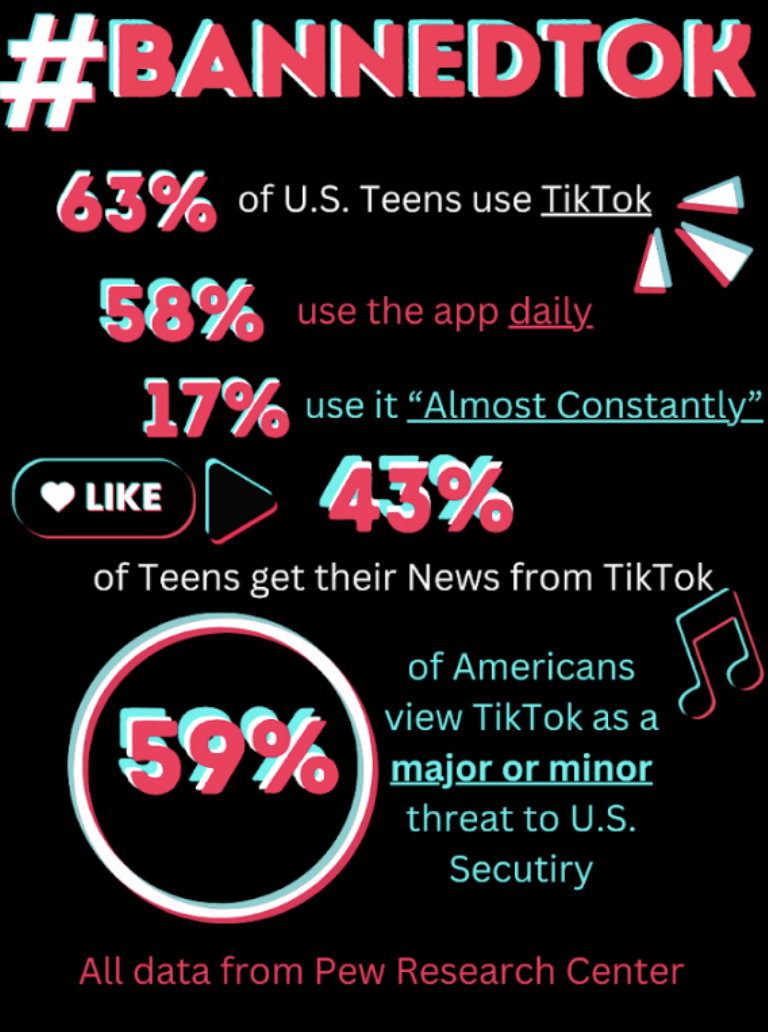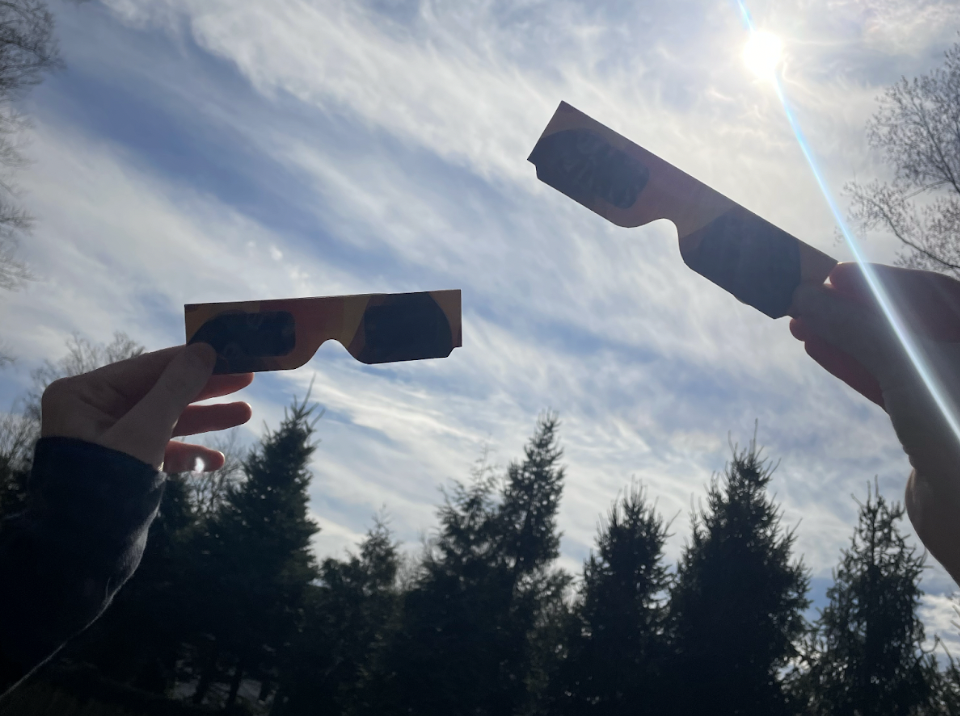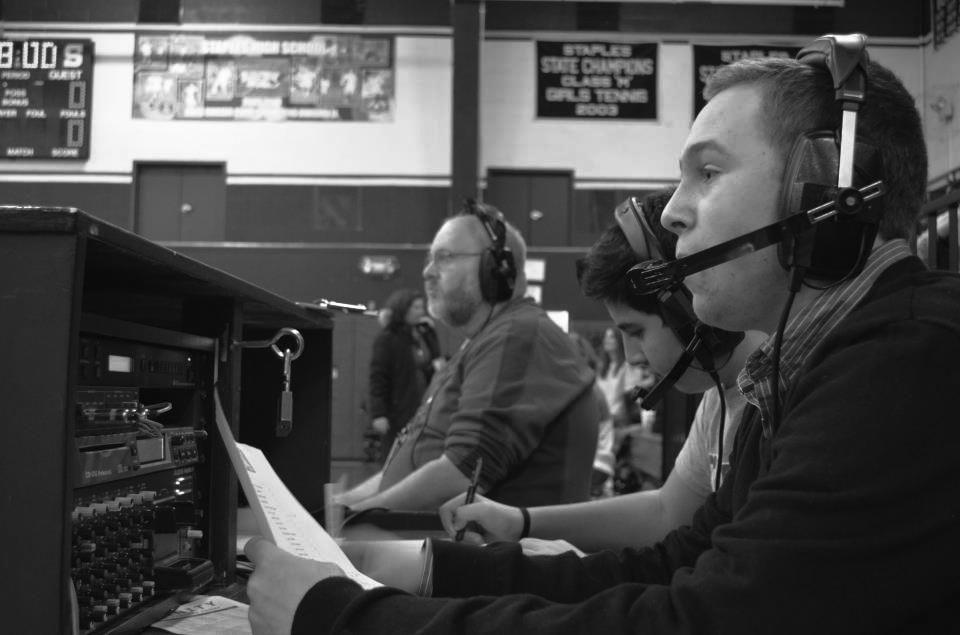In 2008, Brandon Edelson ’11 decided to take what he had learned in his TV Production course to the next level. His goal was to broadcast sports to the Staples community, and from there, the Staples Television Network (STN) was born.
Since its first broadcast, STN has grown to incredible heights and now aims to broadcast at least one game per sport per season. With such a high goal, it is necessary for the students and staff involved in STN to be extremely committed.
“For football games, we are at school for 15 hours with ‘Friday Night Lights,’” said Will Kanter ’13, President of WWPT Wrecker Radio.
Many students don’t realize the level of commitment that STN members put into each broadcast so that they can show live feeds of games and events while also continuing to broaden the amount of sports they are able to broadcast. However, there are some limitations.
“Ideally, we would like to cover every team at least once a season,” said Jim Honeycutt, one of two faculty advisers for STN. “But infrastructure affects what we can do.”
Honeycutt emphasized how sports such as field hockey cannot be covered because there is no electricity in the press box at Ginny Parker Field. Despite these complications, STN has been growing constantly and has started to broadcast sports that they originally couldn’t. This year, for instance, STN broadcasted its first girls’ volleyball game.
Though they continue to widen the range of what they cover, many members of STN as well as their faculty advisers say their biggest struggle is setting up for each broadcast.
“For a three-camera football game at night, it can take up to three and a half hours to set up before and 90 minutes to break down after,” said Jake Reiser ’14, co-president of STN.
Reiser finds that setting up and breaking down on school nights can be a difficult part of participating in STN, especially since teachers do not generally ease up on their course workloads if there is a big broadcast that night.
“The amount of setup beforehand means there’s so much cleanup afterwards,” he said. “There’s barely enough time to get home and do all my homework.”
Along with the trouble of setting up for all the broadcasts, STN struggles to find enough members to cover every broadcast. Those who participate are extremely committed, and put in hours of work before they even reach the site of the game.
Before every broadcast, announcers research the players of both teams, a graphics team works to create graphics that are seen on every broadcast and DVDs are prepared to record pregame interviews with coaches and players to fill airtime and make games interesting to STN viewers.
As a club that’s focused around technology, STN is constantly in need of new, up-to-date equipment to broadcast games more easily. In order to maintain the high quality STN has become known for, the network receives funds from the school budget each year.
Mike Zito, STN’s other faculty adviser, said that the club’s needs vary year by year, but a large chunk of budget goes towards a cell phone contract so that the network can televise away games and baseball games. The network spends close to $1000 a year on their cell phone bill, half of the approximately $2000 they receive from the school every year.
With a majority of the budget placed in annual expenses, it can be difficult for STN to purchase equipment purely from the school budget. To make up for these expenses, the club has a fundraiser each year to raise money for new equipment.
“We have talked about doing more fundraising because the media equipment we would love to have costs between $10,000 and $20,000,” Honeycutt said.
The most desired piece of equipment, at least for Honeycutt, is a Newtek Tricaster 455, a system that can stream online video and produce live events with a four-camera input. This piece of equipment only costs about $20,000.
While STN may be a club with high costs and grueling time commitments, many members of the club have been happy with STN and the work they have done to improve the now nationally-recognized network. For instance, the club has sparked a passion for sports broadcasting for Reiser.
“Working on STN has given me a firsthand opportunity to learn the ins and outs of sports journalism,” he said. “It’s definitely something I’m considering pursuing at a professional level in the future.”
Tune in to Cablevision channel 78 to catch some of STN’s work, or go to channel 90.3 FM to listen to WWPT Wrecker Radio.













































